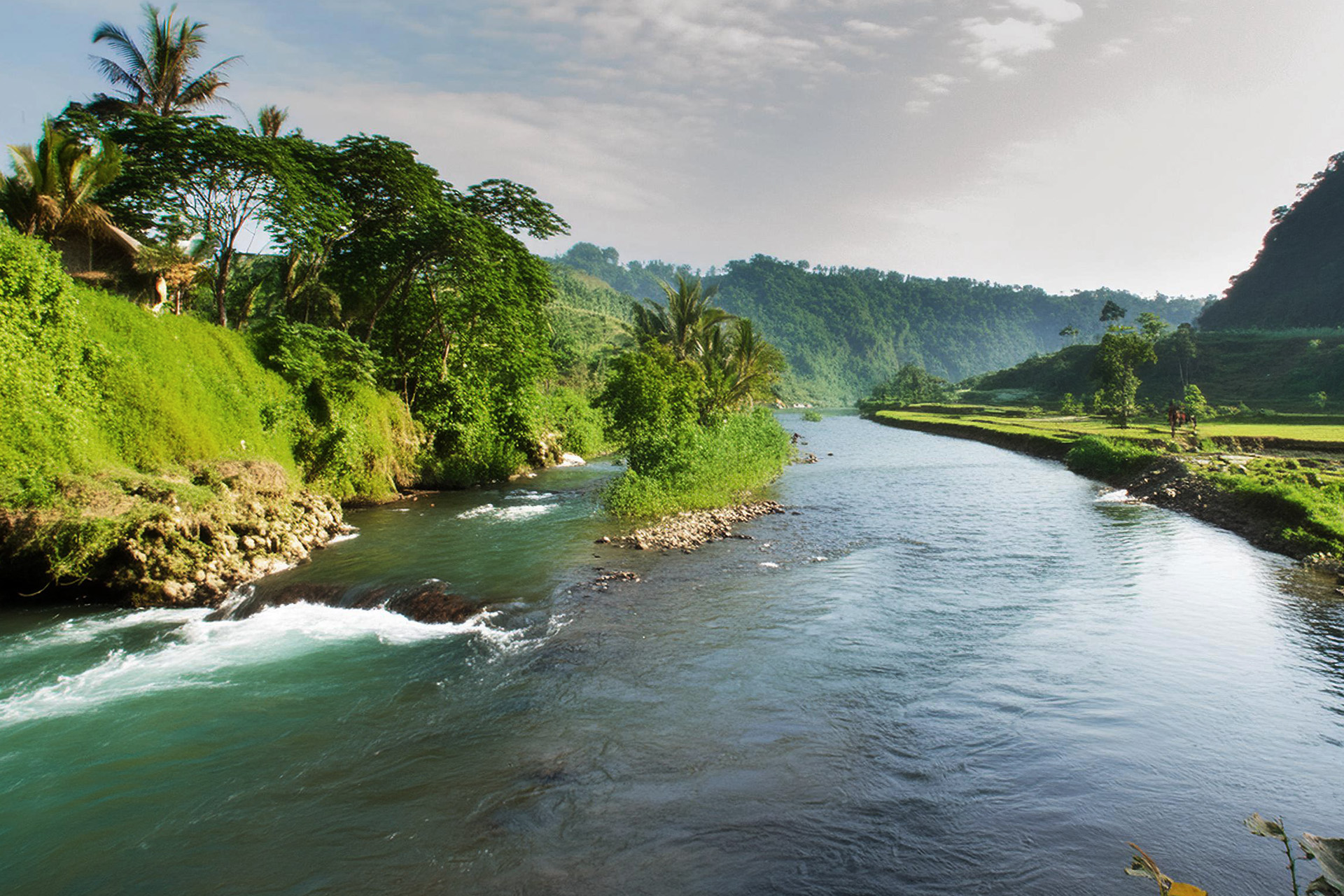The watershed is experiencing significant degradation and pollution due to high rates land-use conversion, from forest to agricultural land. This extensive land degradation has exacerbated soil erosion and disrupted the balance of the ecosystems. Runoff containing agrochemicals, such as fertilizers and pesticides, as well as improper handling of agricultural waste, has led to major river water contamination. Additionally, the Land Availability Index indicates insufficient land to support the population’s needs, with high population pressure further adding to environmental stress.
InterventionCommunity empowerment and participation are prioritized in designing the interventions. Various participatory techniques and initiatives are being employed to involve local communities more actively in watershed management. Additionally, regulations and policies are being implemented to better manage and maintain the watershed, with efforts made to enhance local community compliance with these regulations. These measures aim to create a more sustainable and balanced approach to watershed management, addressing both environmental and social concerns.

